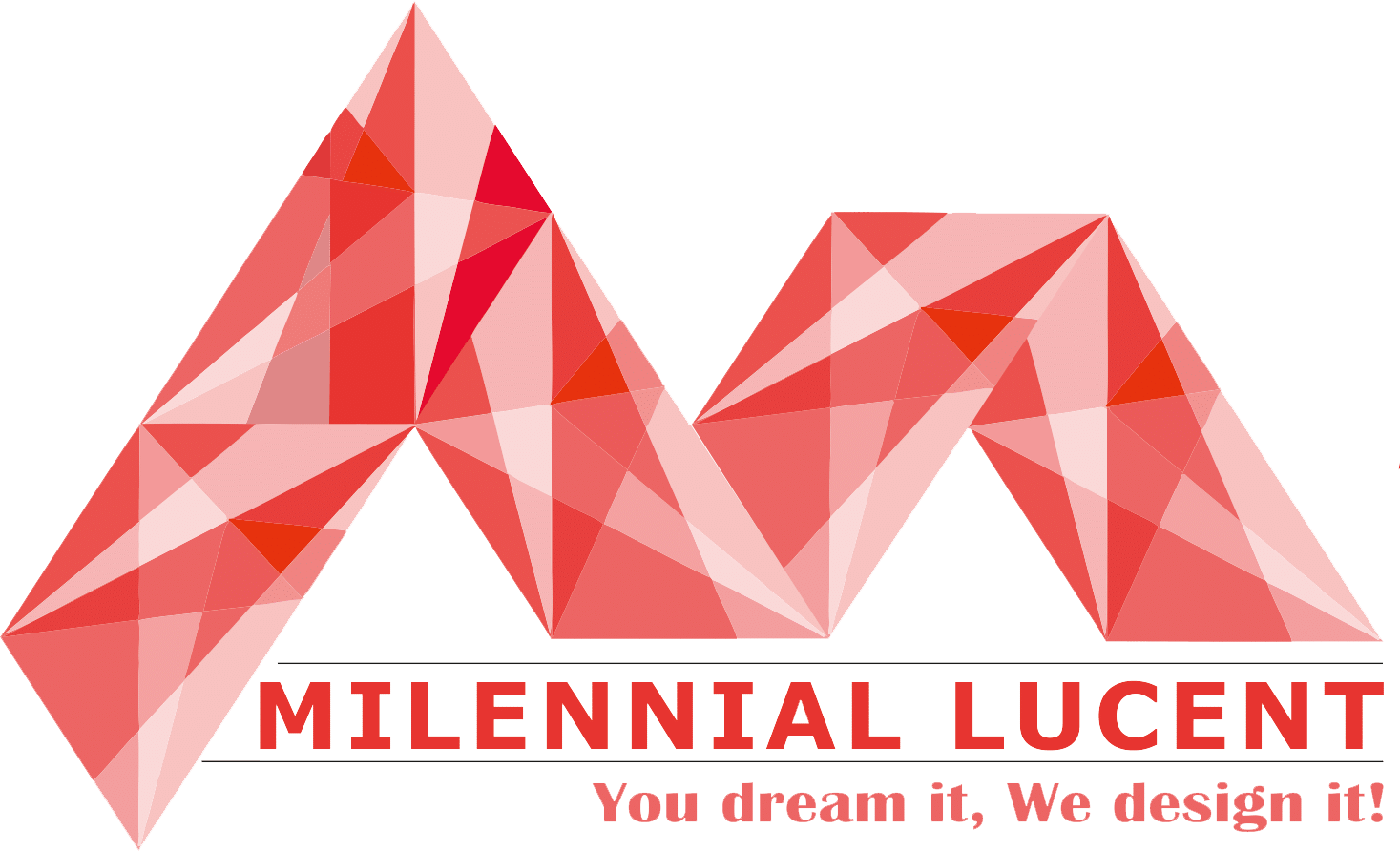your dream it, we Design it.

Modern interior design is characterized by its emphasis on simplicity, clean lines, and functional elegance. Emerging in the early 20th century, this style focuses on creating spaces that are both visually appealing and practical, stripping away unnecessary ornamentation to highlight form and function. The design typically features a neutral color palette, with an emphasis on whites, grays, and blacks, complemented by occasional bold accents. Furniture is often sleek and minimalist, utilizing materials such as glass, metal, and wood to create a streamlined look. Open floor plans and large windows are common, enhancing the sense of space and connection to the outdoors. Modern design prioritizes uncluttered spaces and a sense of order, resulting in environments that are both contemporary and inviting.
what is interior design
Interior design is the art of improving the interior areas of buildings to create surroundings that are both useful and visually appealing. It requires a deliberate blend of art and science, with a focus on space optimization, color schemes, furniture, and décor, as well as lighting and material coordination.
Interior designers attempt to improve the practicality, comfort, and visual appeal of a space by customizing their designs to the occupants’ needs and tastes. Interior design turns spaces into cohesive and attractive environments that reflect the personality and lifestyle of those who live there by taking into account variables such as layout, flow, and harmony
Brief History of interior design
Interior design is the art and science of making the interior of a room more visually beautiful and practical. It include planning and designing layouts, choosing color palettes, selecting furniture and decor, and harmonizing lighting and materials to create cohesive and comfortable environments.
Interior designers strive to make the most use of space while reflecting the residents’ own styles and needs. Their goal is to design places that are both visually appealing and functional, so improving the overall quality of life for individuals who utilize them.
Difference Between Modern and Contemporary Interior Design?

Modern Interior Design:
Historical Roots: The saw the emergence of modern design, which dates back to the beginning the twentieth century. Its foundations are found in the modernist movement’s emphasis on utility, simplicity, and the application of cutting-edge materials and technologies.
Characteristics: A focus on functionality, simple lines, and little adornment define modern design. Usually, it uses a muted color scheme with sporadic bright highlights. Furniture is sleek and streamlined, and materials frequently include metal, glass, and wood. Large windows and open floor layouts are common features of modern interior design that maximize natural light and give the impression of space.
Influences: Historical movements that emphasize geometric forms and restrained adornment, such mid-century modernism and the Bauhaus, have an impact on modern design.
Contemporary Interior Design:
Current Trends: The term “contemporary design” refers to the ever-changing, current design trends that capture the sensibility of the modern day. Contemporary design is more malleable and flexible than modern design, which is constrained by a particular historical era.
Characteristics: Modern and traditional influences are frequently combined in contemporary design, which combines a variety of features and styles. It has a varied color scheme with both muted and bright shades. One can choose from a variety of materials and furniture options that reflect emerging trends and technological improvements. The design is modern with the newest advancements in design, emphasizing livability and comfort.
Influences: A diverse range of styles, such as industrial, minimalist, and even worldwide design trends, have an impact on contemporary design. It welcomes innovation and is frequently distinguished by its capacity for change.
Modern interior design Benefits
Numerous advantages of contemporary interior design help to create functional, aesthetically beautiful, and cozy living areas. Modern design promotes order and simplicity by emphasizing sleek lines and minimalism, which can lessen visual clutter and improve mental clarity. Natural supplies with neutral color schemes help to create a tranquil environment that is perfect for unwinding.
Functionality is also given top priority in contemporary architecture, with furniture and layouts that maximize available space and enhance usability, simplifying daily tasks. Furthermore, the incorporation of expansive windows and open floor layouts optimizes natural light, resulting in a light-filled and expansive atmosphere.
This method encourages energy efficiency and a connection with the environment outside while additionally enhancing the atmosphere overall. In general, contemporary interior design blends visual appeal .
Conclusion -In summary, contemporary interior design skillfully combines aesthetics and utility to provide environments that are both aesthetically pleasing and useful. Modern design promotes simplicity and tranquility by emphasizing clean lines, muted color schemes, and minimalist furnishings.
The use of natural light and open layouts increase the overall sensation of expansiveness, while the emphasis on functionality guarantees that spaces are well-organized and user-friendly. Modern interior design is an attractive option for contemporary homes because of its balance of style and functionality, which not only improves a space’s aesthetic appeal but also makes it more efficient and comfortable .

